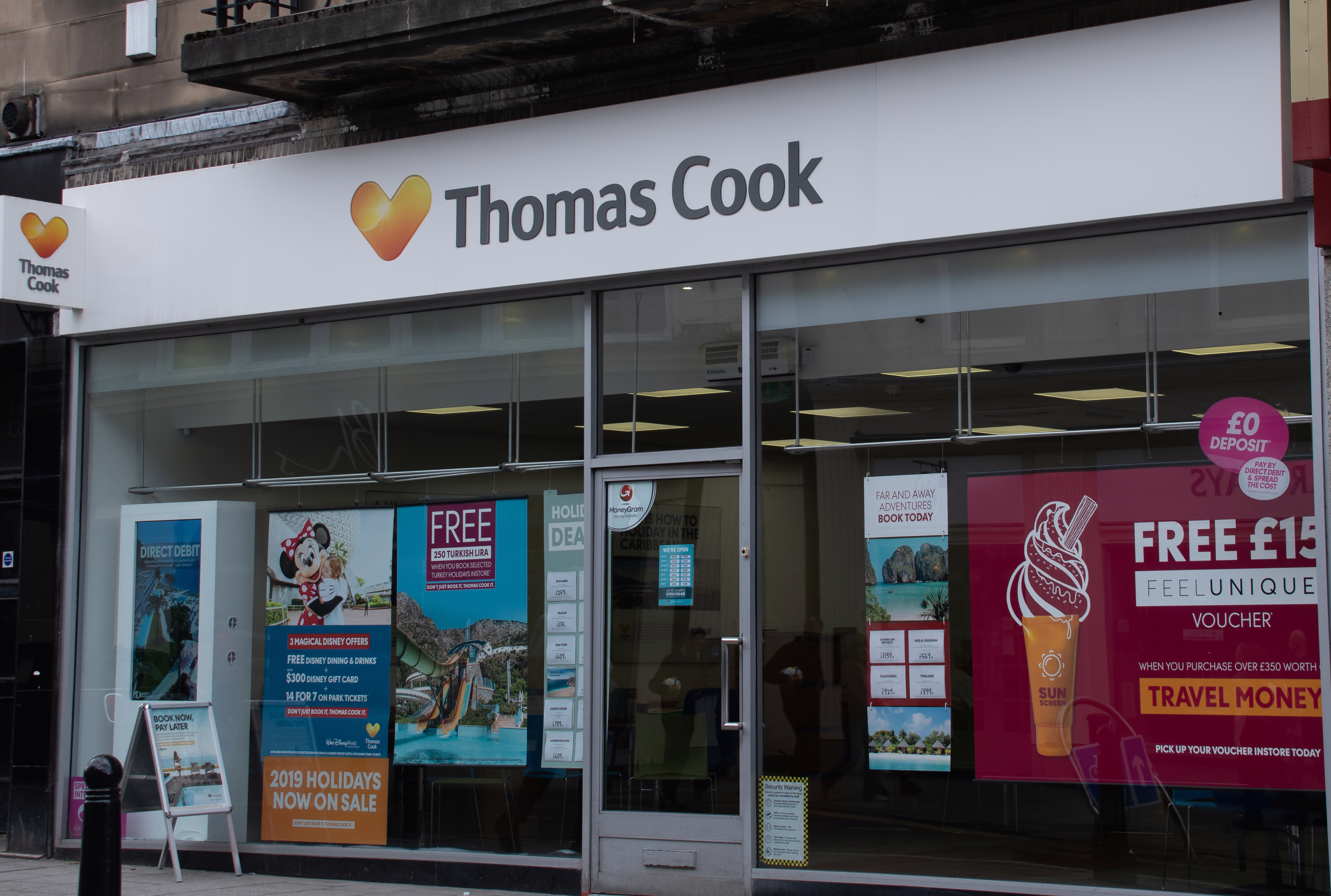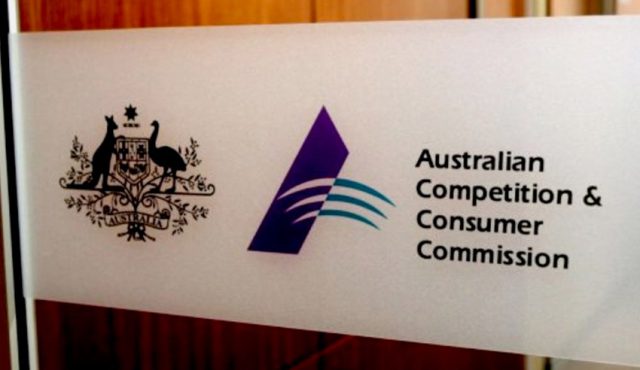Sadly, Thomas Cook has collapsed. Needless to say, my heart goes out to the many people affected including customers and employees.
There are 4 important lessons that we can take from this situation.
Lesson 1
I have only ever dealt with Thomas Cook once and it was a great experience. In 1995 I arrived at Victoria Station in London with 2 mates and nowhere to stay. It was a busy time in London and most of the hotels were full. Being the planning type I felt very nervous about not having booked accommodation. The friendly lady at the Thomas Cook counter pulled out this huge folder with reams of paper which listed all of the available properties and their prices. There was only one property left, she told us, in Belgrave Road. I couldn’t believe our luck – not only did we get the last available property but it was cheap too, and in a great location.
So lesson 1 is: If your prices are hard coded in catalogues then you can’t easily change them when supply and demand change. We would have paid double the price she quoted given the location and the shortage of available properties. But she had no mechanism to adjust her prices. Or, to put it another way, they couldn’t apply modern revenue management and Dynamic Pricing techniques.
Lesson 2
No doubt there are lots of reasons that Thomas Cook collapsed. One of the key reasons is that they were undercutting their competitors trying to grow market share aggressively. And clearly it didn’t work. That is, their flawed pricing strategy was a major contributor to the business failing.
So lesson 2 is: Getting your pricing right can make your business successful. Getting it wrong can kill your business.
Lesson 3
Now there’s something you may not be aware of, Thomas Cook owned their own aeroplanes. As soon as they announced their collapse, the market capacity of flights decreased. At the same time, lots of stranded passengers needed to urgently book flights to get home. If they wanted to, competitors who acted quickly could increase margins by capitalising on this situation.
And so lesson 3 is: With the right software, prices can quickly adjust to reflect changes in supply and demand.
Lesson 4
Now some competitors such as Jet2 did this, however they went a bit far and there was a lot of backlash against them.
So lesson 4 is: You should have some controls around how much, and how quickly, your prices can increase. For example, you might have a rule that prices can only increase by 10% or 20% per day. There is no better way to kill your brand than to be accused of gouging.
If you would prefer to see this post in video format then please watch below:




